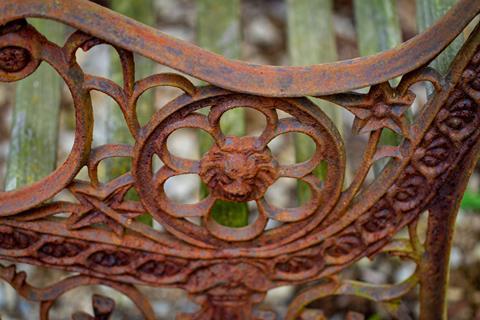
Corrosion costs the world 3.5% of global GDP. Now, researchers have demonstrated the versatility of N-heterocyclic carbenes (NHCs) as an agent to prevent rust that has 99.6% efficacy on iron surfaces. This solution ‘significantly outperforms existing systems’, according to lead author Elad Gross from the Hebrew University in Jerusalem. The design is easy to scale-up, which could create commercial opportunities soon.
‘It’s the first demonstration of NHCs as surface primers for durable corrosion-resistant coatings,’ explains Gross. ‘Effective coatings extend the lifetime of components, and reduce maintenance costs across industries including construction, transportation and energy,’ he adds.
‘The coating protects iron from corrosion better than almost anything else available today,’ says Concepción Gimeno, an expert in NHCs and organometallics at ISQCH in Zaragoza, Spain. The coating consists of a couple of chemical layers – not only carbenes but also a rigid polymeric ‘plastic-like film’ as supplementary protection. ‘NHC molecules first form a thin, tightly bound layer on iron, acting like a molecular double-sided tape [that] enhances adhesion and helps form a more durable coating,’ explains Gimeno. Then the plastic layer is added above and cured with UV light, creating a crosslinked polymer that prevents rust even better. ‘The secondary barrier blocks corrosive agents, like chloride ions and water, to improve resistance and durability,’ she adds.
NHCs have previously been used in coatings to create chemical and electronic modifications in metals. However, ‘this is the first report demonstrating an application in corrosion protection on iron,’ says Gross. His team measured the resistance to corrosion with a technique called potentiodynamic polarisation, which probes parameters associated with corrosion and reactivity, such as current density. In this process, researchers submerge the samples in a corrosive environment – usually salty water – and vary the voltage value and plot the point-by-point response. The carbene–polymer protection ‘reduced corrosion current and remained stable over 24 hours, significantly outperforming existing monolayer and polymer-only systems’, adds Gross.
Carbenes seem key to the strength and stability of the solution. ‘NHCs bind strongly to metal surfaces [by] donating density from their electron lone pair, which creates covalent carbon–metal bonds,’ explains Gimeno. Previously used in the prevention of copper corrosion, this study supports NHCs use in protective coatings for iron. In particular, the chemical structure of the NHCs used by Gross’s team – featuring flat imidazolylidene rings – ‘creates robust, well anchored monolayers, with high surface coverage and electrochemical stability’, adds Gimeno.
Gimeno sees ‘strong potential for real-world applications’, especially in areas where corrosion causes serious problems. Scalability should be straightforward, she says, since ‘the application methods, such as electrodeposition and photopolymerisation, are already well-established in industry’. Although scaling up the synthesis of NHCs could require an optimisation process, ‘the approach is particularly promising for high-value sectors, where long-term durability and advanced corrosion protection [could] justify the investment’, adds Gimeno.
Gross agrees and note that the ‘the mild deposition … and modular design make the solution well suited for scale-up’. In fact, the team recently received the support of a European Research Council (ERC) grant to catalyse commercialisation and technology transfer. With the support of the ERC, ‘we aim to bring this technology to industrial application’, he says.
References
L Amar et al, Angew. Chem. Int. Ed. 2025, 64, e202422879 (DOI: 10.1002/anie.202422879)


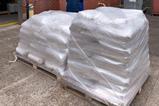


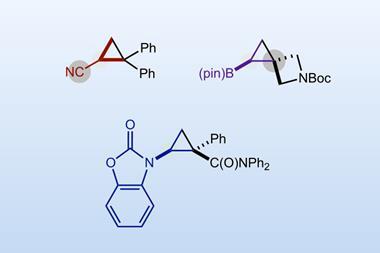

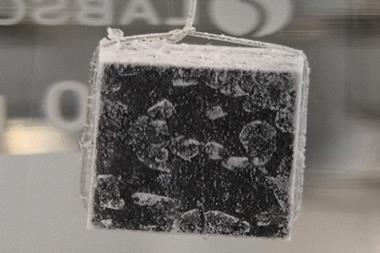
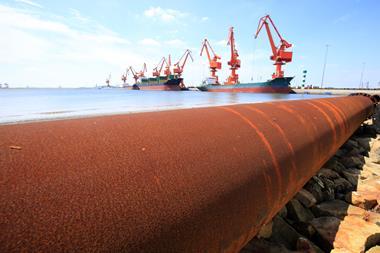
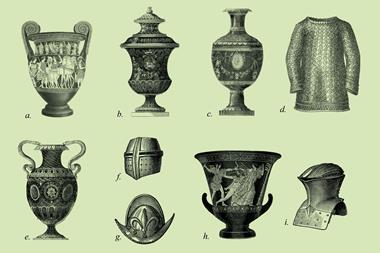
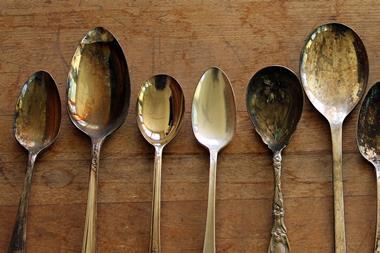
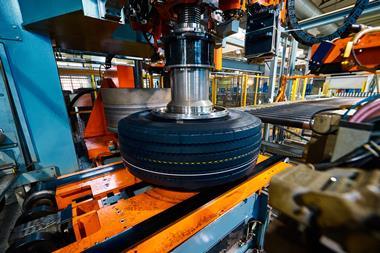


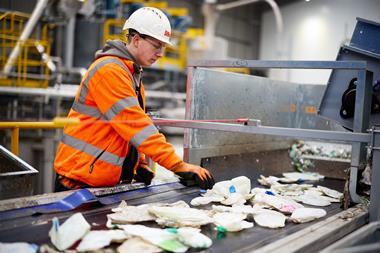

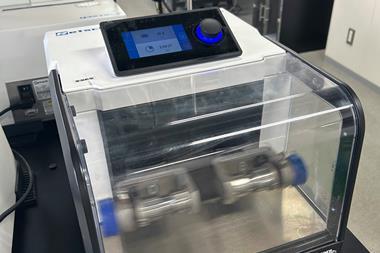
No comments yet